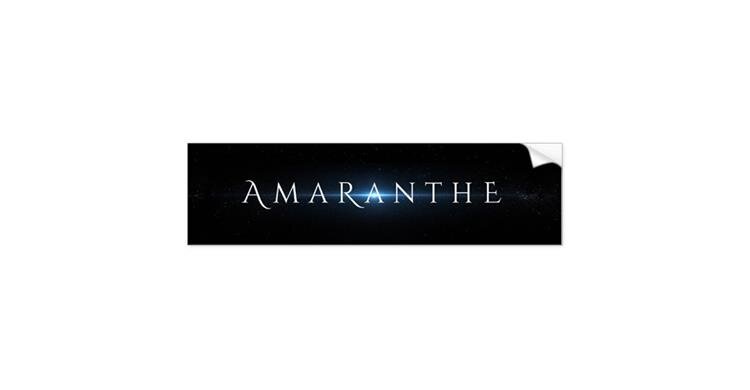I'm excited to announce that I will be a guest at CosmoQuest-a-Con, an online space & scifi convention taking place THIS WEEKEND! It's produced by the fantastic Planetary Science Institute, a nonprofit organization dedicated to supporting the exploration of our solar system.
How can you attend? Watch all the "main stage" events for free at Twitch.tv/CosmoQuestX . Or, grab a $20 ticket here (https://planetaryscienceinstitute.kindful.com/e/cosmoquest-a-con) and get access to concerts, contests, readings, & talks on Discord, as well as the vendor and artist rooms. Proceeds benefit on-going science and science-education activities.
I'll be speaking on 3 panels on Saturday and Sunday:
"IMPROMPTU SPACE" (Sat 10:30 EDT): I'll be the host and 'interpreter' for an audience-driven impromptu space-themed song and dance performance by Gillian Rhodes (a celebrated dancer and choreographer) and David Joseph Wesley (a Grammy Award nominated composer). No, *I* won't be singing or dancing. Sorry, guys.
"CREATING THE FUTURE THROUGH FICTION" (Sat 4:30 EDT): "Science fiction often starts by imagining future technologies, but it doesn't end there. From creating new cultures to creating new ways to live, science fiction must build new worlds from the stars down. Let's talk with fiction writers about what they consider in world-building."
I'll be joined on this panel by sci-fi rock stars Dennis E. Taylor (author of the Bobiverse novels) and Alex White, Writer (author of The Salvagers trilogy).
"SUNDAY MORNING BREAKFAST SPACE" (Sun 11:30 EDT): "In this hectic world, it sometimes takes effort to make room for creative activities. Join us as we discuss how we make space for space fiction."
I'll be joined on this panel by Dr. Sean Raymond (an astrophysicist studying the formation and evolution of planetary systems) and Dr. Elizabeth Ferrara (a Research Scientist at the University of Maryland studying pulsars and gravitational waves).
See the full 3-day schedule here: https://cosmoquest.org/x/cosmoquest-a-con/. It's packed with space, astronomy, sci-fi, art, games, music and more.
All the thanks to the awesome Beth Johnson for getting me involved in this exciting event!



















